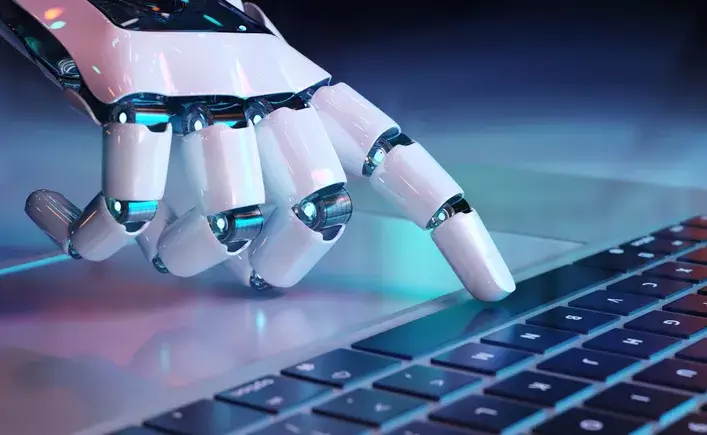As artificial intelligence continues to permeate various creative sectors, it raises profound questions about authorship and copyright ownership. The recent ruling concerning Stephen Thaler, an individual who attempted to claim copyright over poetry generated by an AI program, starkly underscores the legal hurdles faced by creators in the AI domain. The resolution from the Court of Appeals for the District of Columbia Circuit unequivocally indicates that works generated exclusively by AI lack the eligibility for copyright protection because they are not produced by a human author, further complicating the landscape of digital creativity.
Copyright law traditionally emphasizes human authorship, reflecting a long-standing belief that creative works are a uniquely human endeavor. The court, supported by the insights of Judge Patricia Millett, concluded that the provisions within the Copyright Act make sense only if the authorship can be attributed to a human being. This creates a paradox for artists and creators using AI technologies; these tools, while advanced, do not confer legal ownership or rights to the individuals who utilize them to generate content.
The Complexity of Human Intervention
A critical aspect of this ruling is the differentiation between mere prompts provided to an AI and the actual human creative input involved in the production of art. As asserted by the U.S. Copyright Office, human intervention is pivotal for copyright eligibility. If a creator provides a sequence of text prompts without substantial creative control over the final output, such work will likely be deemed non-protectable under current copyright statutes. The implication here is clear: the mere act of incorporating AI as a tool does not bestow authorship or ownership upon the user.
This situation presents a remarkable challenge for contemporary artists, especially those working within the increasingly prevalent domain of generative AI. The phrase “creative control” signals a shift away from simply using AI as a generator towards an engaged partnership between human insight and technological capabilities. Artists must learn to navigate this delicate balance to ensure their work retains the protection that modern copyright law affords.
Implications for the Future of Digital Art
As AI-generated content becomes more widespread within the artistic community, potential ramifications loom large for aspiring creators. Without the ability to claim strict ownership, artists using AI could find themselves in precarious positions, where their unique artistic vision is easily exploitable by others. This tenuous legal framework could stifle innovation and creativity, pushing artists to reconsider their practice and approach to utilizing AI.
The legal landscape is marked by an element of uncertainty as technological advancements continue to outpace regulatory frameworks. Will lawmakers revise existing copyright laws to adapt to the realities shaped by AI?Given the economic interests likely at play, especially as industries like Hollywood increasingly engage with AI for content creation, it is conceivable that change is on the horizon. However, for now, the status quo remains intact, leaving many creators in a lurch.
The Future: An Uncertain Horizon
Despite the obstacles that current copyright regulations impose on AI-generated work, one cannot help but ponder the potential for evolution in these laws. As industries dependent on creativity begin to integrate AI more deeply within their processes, the calculus for authorship will likely undergo reevaluation. The collaborative nature of AI’s functionality versus the solitary conception of traditional art will remain at the forefront of discussions regarding the future of copyright law.
For creators, the message resonates: engaging with AI technology poses inherent risks regarding the ownership of one’s work. Artists must be acutely aware that their innovative treatments of AI-generated outputs may ultimately not yield the recognition or rights they aspire to. As discourse around AI in art evolves, vigilance will be crucial in safeguarding one’s creative identity in an increasingly automated world.
This intersection of art, technology, and law stands to redefine the paradigms of ownership and creativity in the digital age. Artists should harness their unique insights to assert control over their creations while also advocating for new frameworks that account for the collaborative nature of human-AI partnerships.

